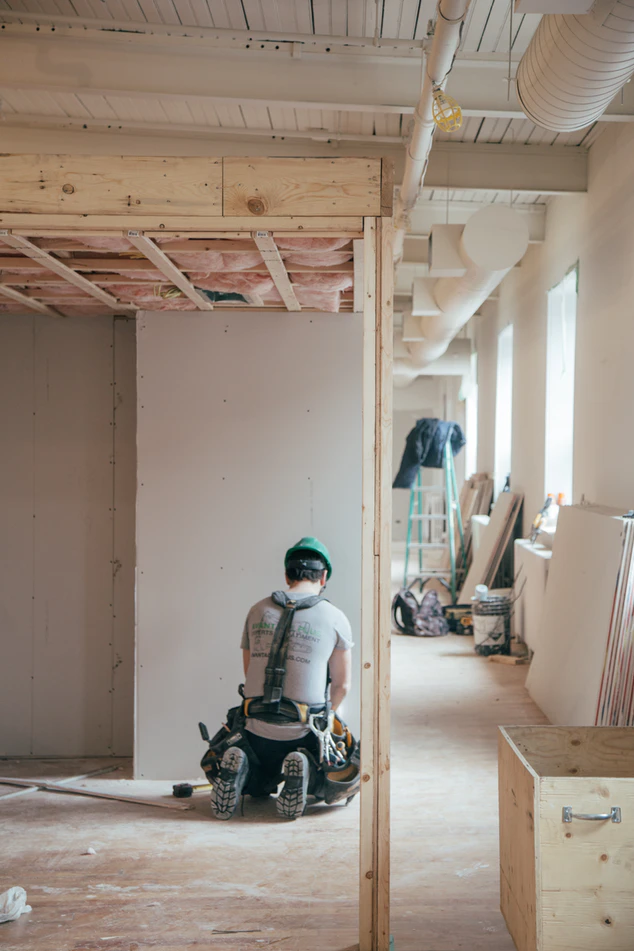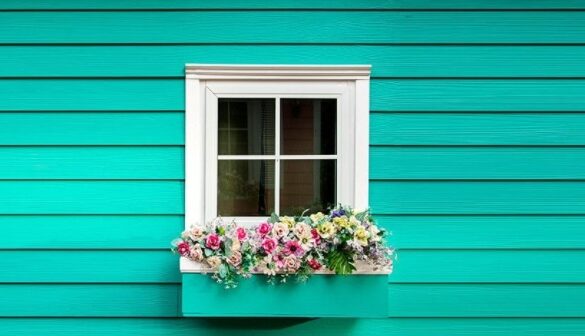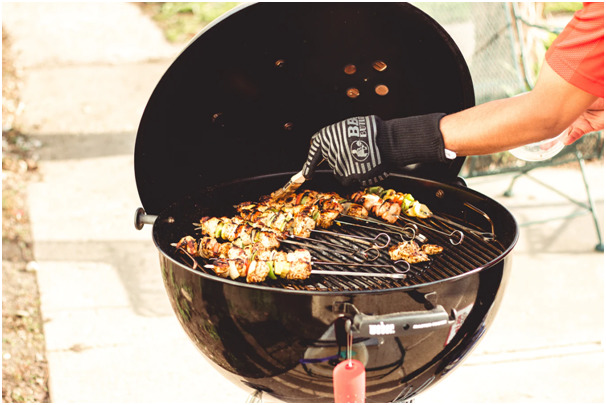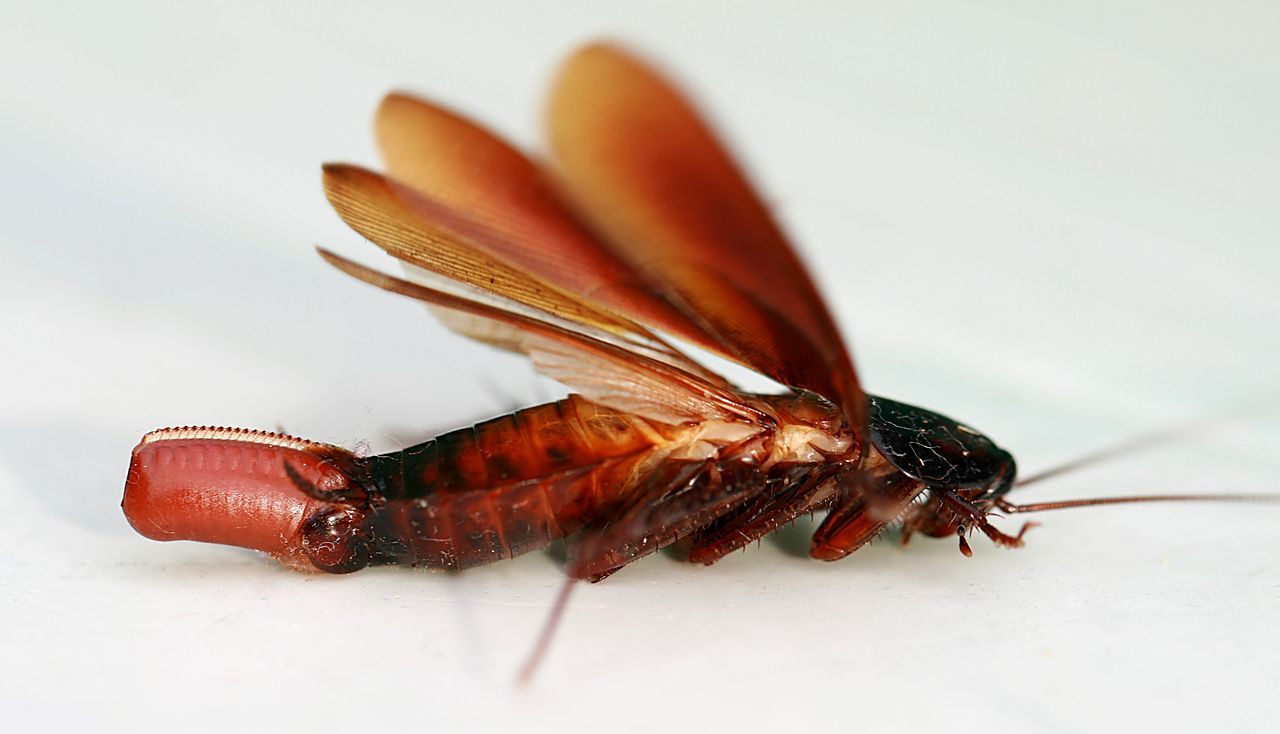The advent of Hydroponics has transformed the commercial horticultural industry exponentially, allowing multiple crops per year, with much higher yields and allowing for Organic growing methods while keeping pests and disease at bay.
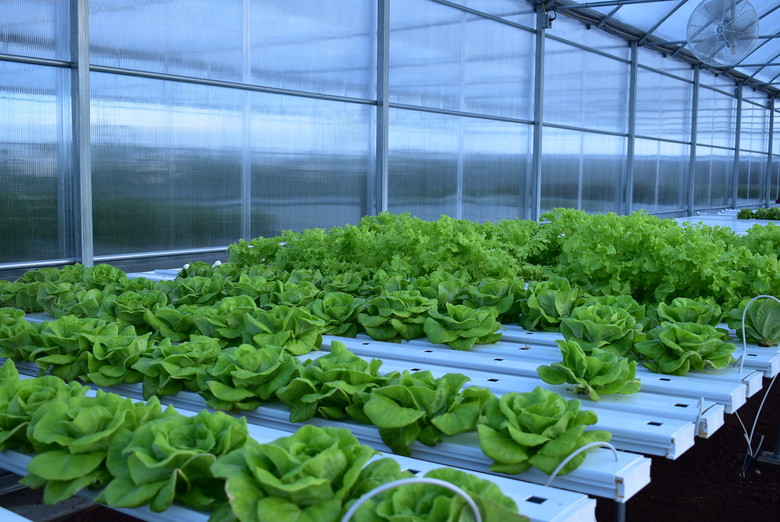
For domestic horticulturists and gardeners the best you could previously do was build make shift poly tunnels, and grow in your greenhouse during the warmer months. But now domestic scale Hydroponics systems are available from companies such as Progrow which allow small Hydroponics systems to be utilised at home, indoors.
What are the Advantages of Hydroponics?
The big advantage of Hydroponics is control. You are controlling the environment in which your plants are grown. Soil isn’t used, which outdoors can become waterlogged, harbour disease, affect acidity levels, and prevent oxygen from reaching the roots. Temperature is controlled and can be set at a steady and optimum level. Atmosphere levels including Co2 and Oxygen are controlled, as is humidity. Light levels providing important rays to the plants are controlled and can even be constant. And pests are kept well away from your plants, enable to get anywhere near them.
The result of such is flourishing plants that grow continuously throughout the year yields fruitage which can be enjoyed year round. Hydroponics systems are therefore ideal for salad leaves, herbs, peppers, legumes, tomatoes, and even flowers should you so wish.
Types of Hydroponics Systems
There are three main types of Hydroponics systems available to domestic gardeners. They all utilise the same tent, lighting, heating and ventilation systems, so these don’t vary. What does vary is the growing medium and the feeding method.
Passive systems can be set up whereby you plant in inert mediums such as rockwool, foam or clay pebbles, and then hand water the plants. This isn’t as effective of course as active automated systems but may gain you the results you’re happy with.
The most popular active system among Hydroponics systems is the Drip Irrigation System, also know as Dripper System. Plants are suspended in inert medium, and then growing solution is dripped continuously onto the medium. The solution runs slowly through the medium feeding the roots and drawing in oxygen. Excess solution ends up in the reservoir below and is recycled. This is effective because if an automation fails, there is still some nutrient solution retained within the growing medium.
Another Hydroponics system which uses growing medium is Ebb & Flood which mirrors the natural process of occasional rainfall. Nutrient solution in a timed and controlled manner is flooded onto the growing medium, which drains through quickly drawing large amounts of oxygen toward the root as well as feeding the roots. Without overhead drippers this system is more aesthetically pleasing than the Dripper System and is just as effective.
The simplest Hydroponics system for domestic growers is Nutrient Film Technique, NFT, which suspends the plant roots in a water-based growing solution which is continuously circulated around the roots supplying oxygen and nutrients constantly. The lack of a growing medium does mean only smaller plants can be kept in this environment though.

